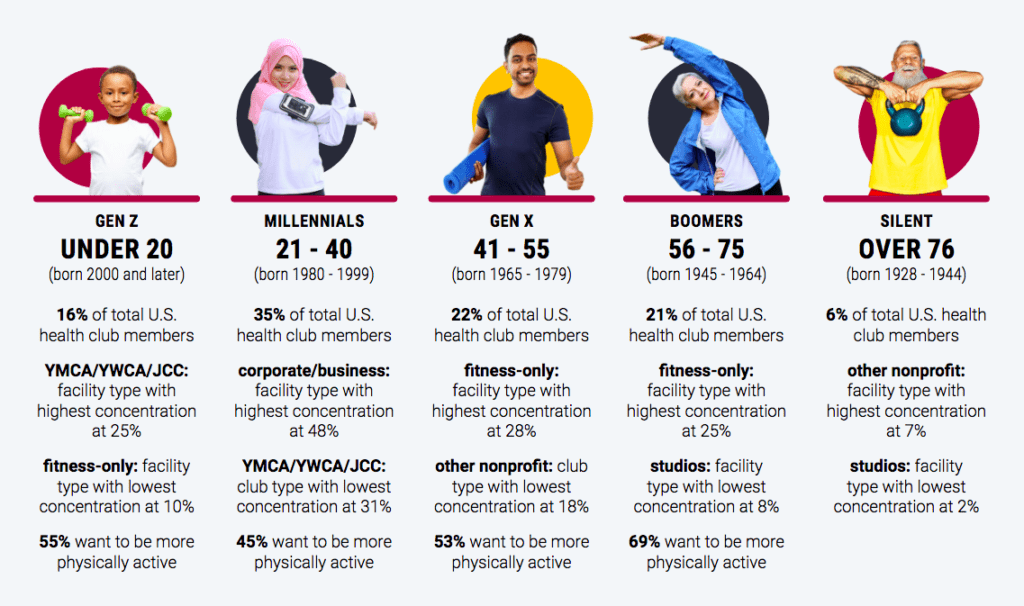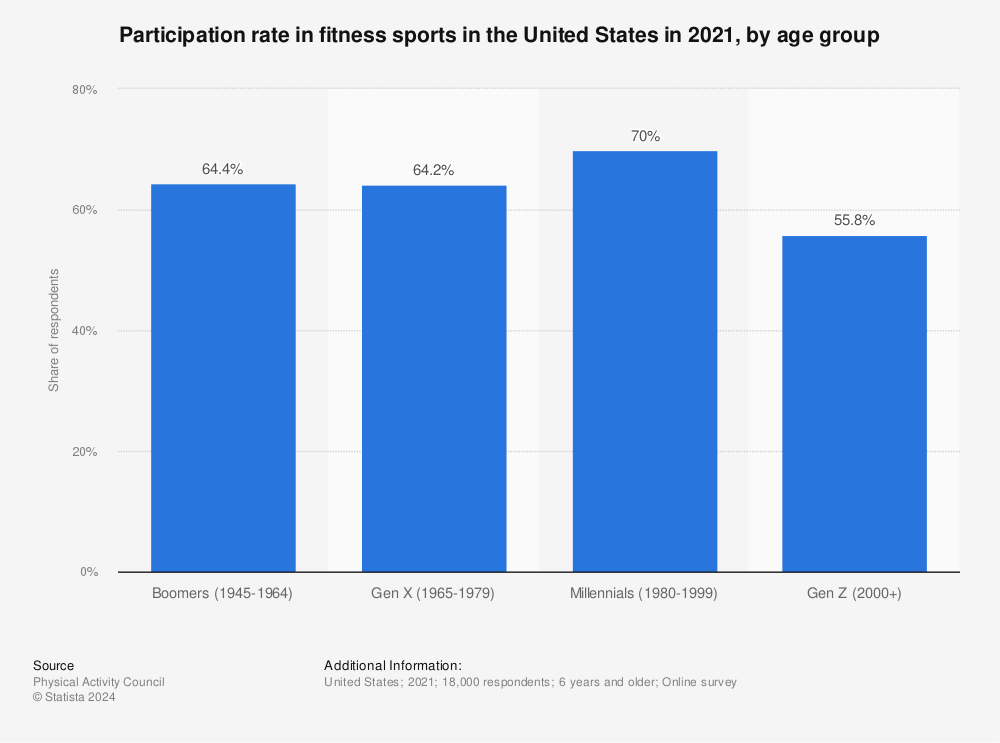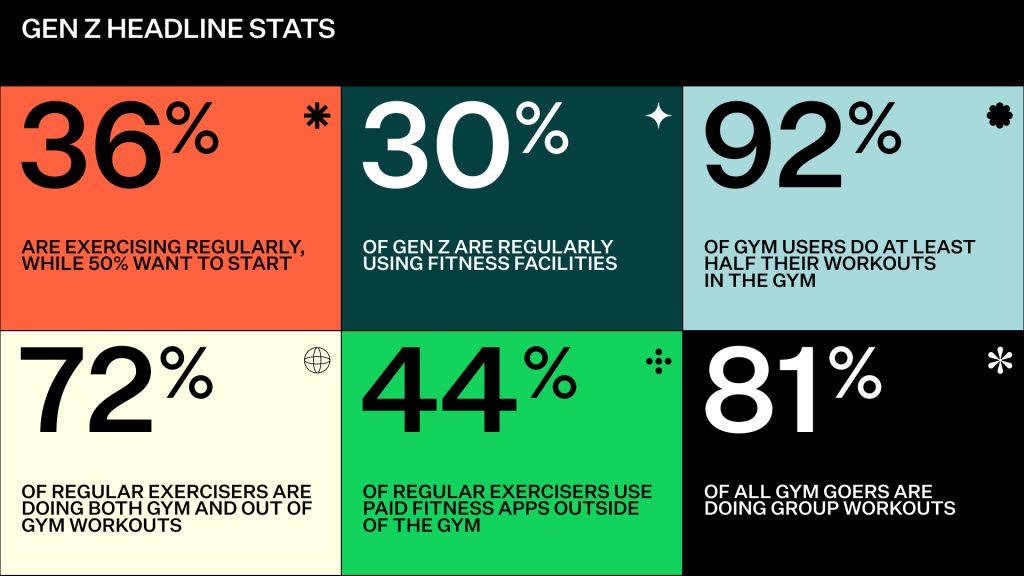
The fitness industry is experiencing a significant transformation, with a surge in growth and innovation that positions it as an attractive opportunity for investors. As we delve into the nuances of 2023, a year filled with potential, it becomes crucial to understand the dynamics and profitability of this sector. This in-depth analysis provides insights into why this evolving market deserves the attention of potential investors.
Market Size and Economic Impact
The fitness industry’s global valuation stands impressively at over $87 billion and is projected to soar to approximately $434.74 billion by 2028. This growth trajectory is mirrored in the United States, where the industry generated $33.25 billion in revenue in 2021. Such substantial figures not only highlight the industry’s robust economic footprint but also its potential for sustained profitability and expansion.

Growth Potential Across Markets
Global Scale: The global fitness market is an expansive and dynamic field, poised for exponential growth. This reflects its significant role within the global economy and underscores the increasing importance of health and wellness worldwide.
U.S. Dynamics: The American fitness market is a major contributor to this global phenomenon, with revenues that signify widespread adoption of fitness as integral to lifestyle and daily routines.
Digital Expansion: The projected growth is not confined to physical gym spaces. The online fitness sector is forecasted to grow by 33.10% annually, demonstrating a significant shift towards more accessible and personalized fitness solutions. This trend caters to a consumer base that values flexibility and convenience, further expanding the market’s potential.

Source: IHRSA
Economic and Social Contributions
The expanding fitness market offers significant economic opportunities and beneficial social impacts:
Economic Opportunities: The diversifying market landscape provides myriad opportunities for a variety of businesses, from fitness equipment manufacturers and gym franchises to digital platform developers and personalized wellness consultants.
Social Impact: As fitness becomes increasingly integrated into everyday life, its role in improving public health becomes more pronounced. This trend carries substantial social benefits, including potential reductions in healthcare costs and enhanced quality of life across various demographics.
Demographic Trends and Consumer Preferences
Understanding the demographics of gym memberships reveals a broad, multi-generational appeal:

Generational Insights:
Gen Z and Millennials: These younger demographics make up a substantial portion of the market, with a preference for digital engagement and flexible fitness solutions that can be personalized to fit their lifestyles.

Source: FitBizWeekly
Gen X and Baby Boomers: These older groups, while smaller in representation, show a focused demand for quality, efficiency, and age-appropriate fitness programs that emphasize health maintenance and accessible fitness options.
Resilience and Market Adaptability
The industry’s ability to recover from economic downturns, such as the revenue drop during the COVID-19 pandemic, showcases its resilience. By the end of 2021, the fitness sector had almost fully rebounded, with a significant rise in online and virtual training offerings. This adaptability not only helped recover lost revenues but also tapped into a new demographic that prefers exercising at home, broadening the market base.
Future Outlook and Opportunities
Looking towards 2030, the fitness industry is expected to welcome approximately 230 million members globally. To maintain its lead, particularly in the U.S., the market would need to attract about 15.6 million new gym members over the next few years. This anticipated expansion presents lucrative opportunities for investment, particularly for those seeking to innovate within both physical and digital spaces.
FAQs About the Fitness Industry
Valuation: As of 2023, the U.S. fitness industry is valued at $33.25 billion.
Growth Trends: The industry is projected to grow by 3-4% annually over the next decade.
Profitability: With a global valuation exceeding $96.7 billion, the fitness industry offers numerous profitable opportunities.
Competitiveness: The sector is highly competitive, featuring a range from budget gyms to luxury fitness centers and cutting-edge digital platforms.
Market Saturation: While there is significant saturation, especially in the online fitness market, ongoing demand continues to provide opportunities for new entrants to innovate and capture niche markets.
Source: IHRSA
Conclusion
The fitness industry represents a dynamic and profitable sector with substantial growth prospects. As it continues to adapt to technological advances and evolving consumer preferences, it offers investors a valuable opportunity to tap into a vibrant market. Whether through digital innovations or by enhancing traditional fitness
